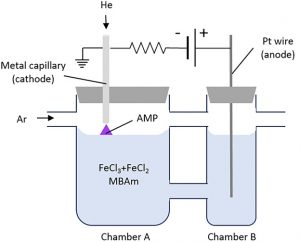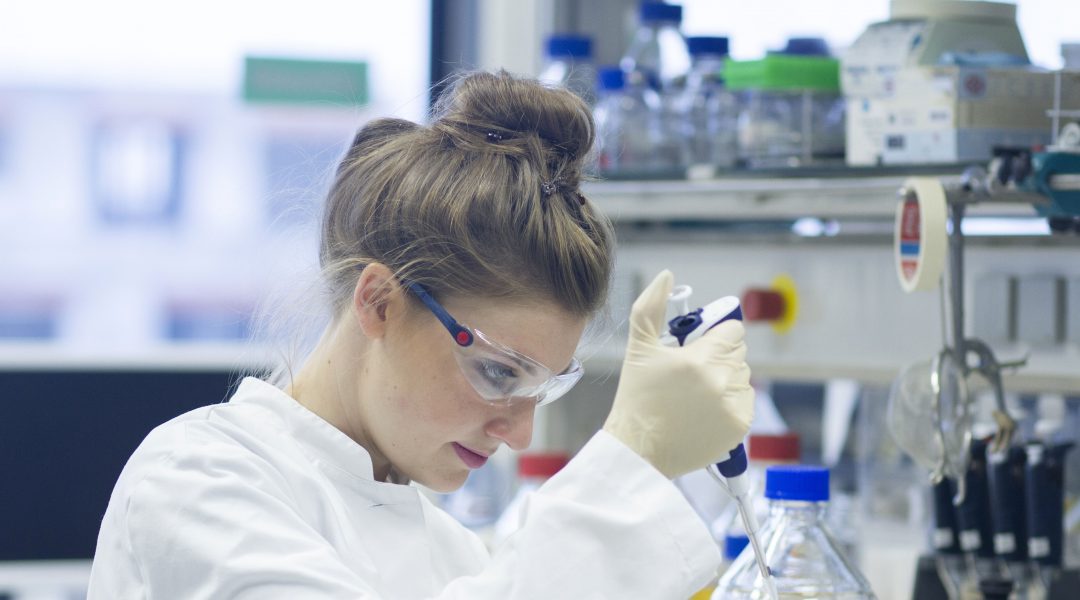Recent years have seen increased research into the use of non‐equilibrium atmospheric pressure microplasma (APM) technology in a wide range of applications. In particular, the interaction between APM and liquids offers a robust technique for solution processing of nanomaterials due to the enriched chemical environment in the vicinity of the plasma/liquid interface. The versatility of APM processing has been demonstrated by the wide variety of nanomaterials synthesized successfully. In addition to metal nanoparticles (NPs), APM processing has also been used in the synthesis and functionalization of other nanostructures such as Si nanocrystals, nanocarbon materials, and metal oxides in aqueous solutions. This shows that APM techniques are viable routes to engineering and tailoring the surface/interfacial properties of nanomaterials and nanocomposites. While much research has explored APM synthesis and processing of various nanomaterials in water, the incorporation of such nanomaterials into a polymeric matrix to form functional nanocomposites has received limited attention.

Schematic of the apparatus used for APM synthesis of MNPs in methylene bisacrylamide solution
One area of interest in the biomedical field is the development of multifunctional hydrogel‐based nanocomposites. Hydrogels are a category of polymers which are highly crosslinked hydrophilic polymer networks consisting of >90% water by mass. Many hydrogels have excellent biocompatibility and exhibit a response to environmental stimuli, such as temperature and/or pH. These promising characteristics have encouraged their wide use in applications such as drug delivery, cancer therapy, and tissue engineering. Further functionality can be introduced by integrating functional NPs with hydrogels to form a nanocomposite, and such systems have shown interesting properties for applications such as anti‐microbial, sensing, imaging, drug delivery, cancer therapeutics, and many others.
A magnetic thermo‐sensitive hydrogel incorporating APM-synthesized magnetic nanoparticles (MNPs) has been successfully achieved. The magnetization of the magnetic hydrogel sample shows enhanced magnetic performance compared to MNPs synthesized directly in water. The resultant magnetic hydrogel system was found to exhibit a reversible phase change at temperatures of interest for biomedical applications.
Future work aims to characterize magnetic nanocomposites for practical applications such as magnetic resonance imaging, drug delivery, and hyperthermia applications. “The material produced in this study could be of interest in a range of applications, highlighting the potential of APM technology as a synthetic route for the fabrication of hydrogel nanocomposites in fields such as biomedical, environmental, microfluidics, and sensing”, according to team member Dan Sun.

















